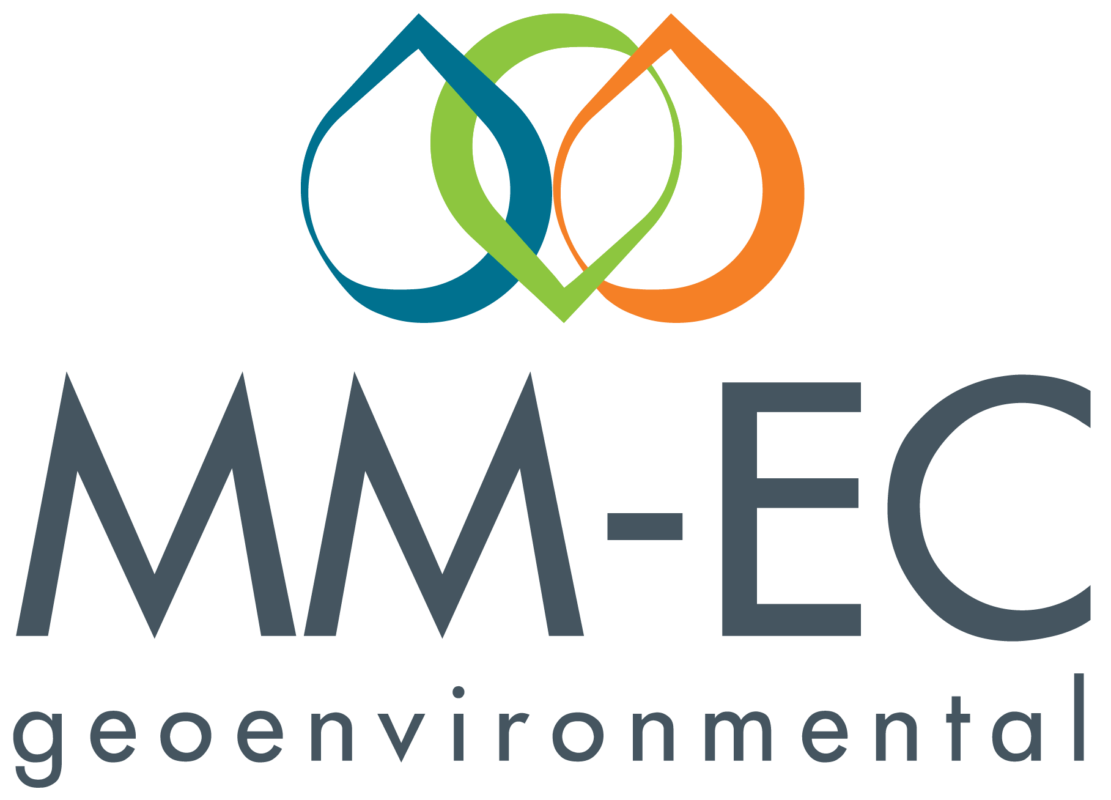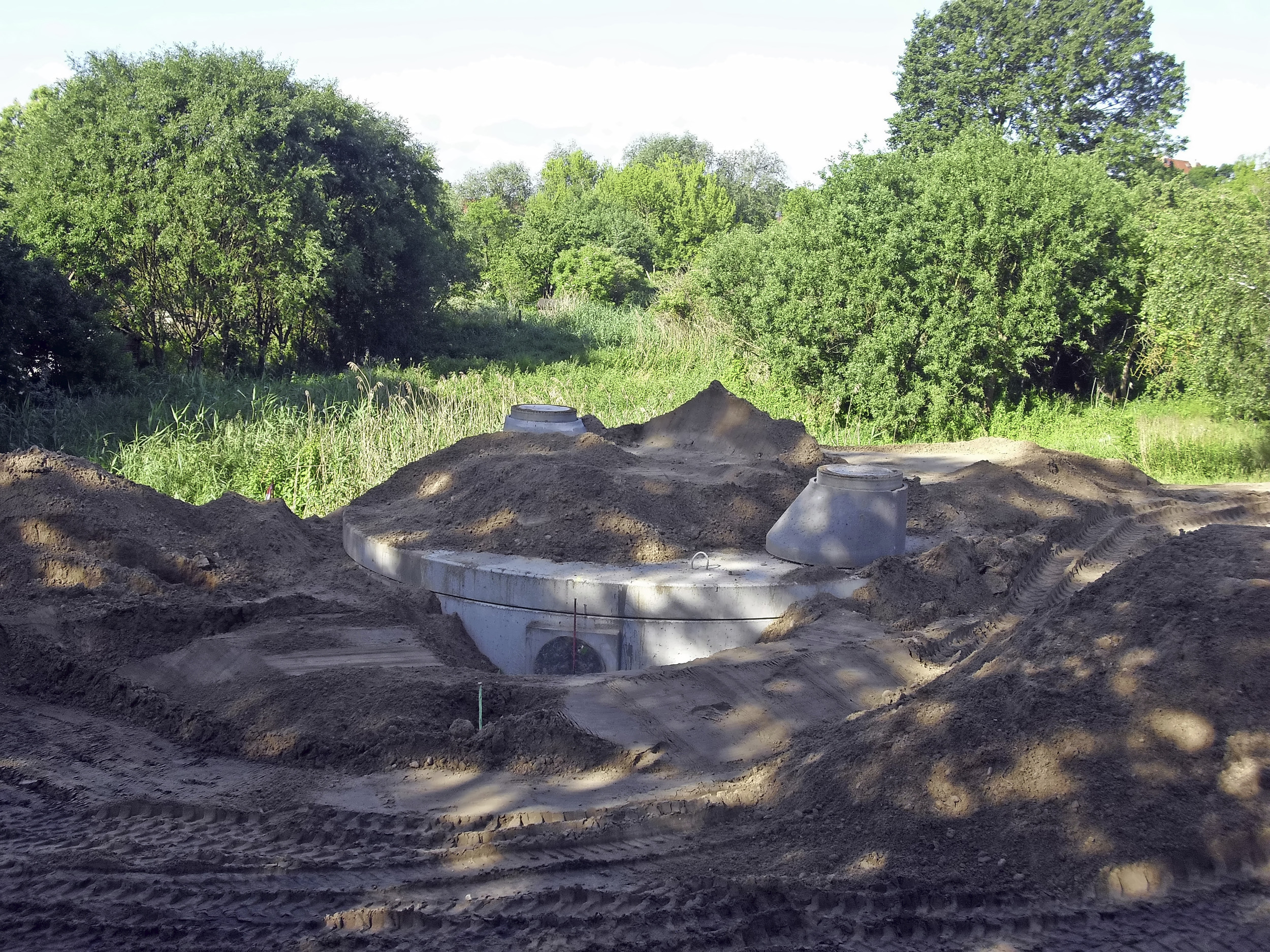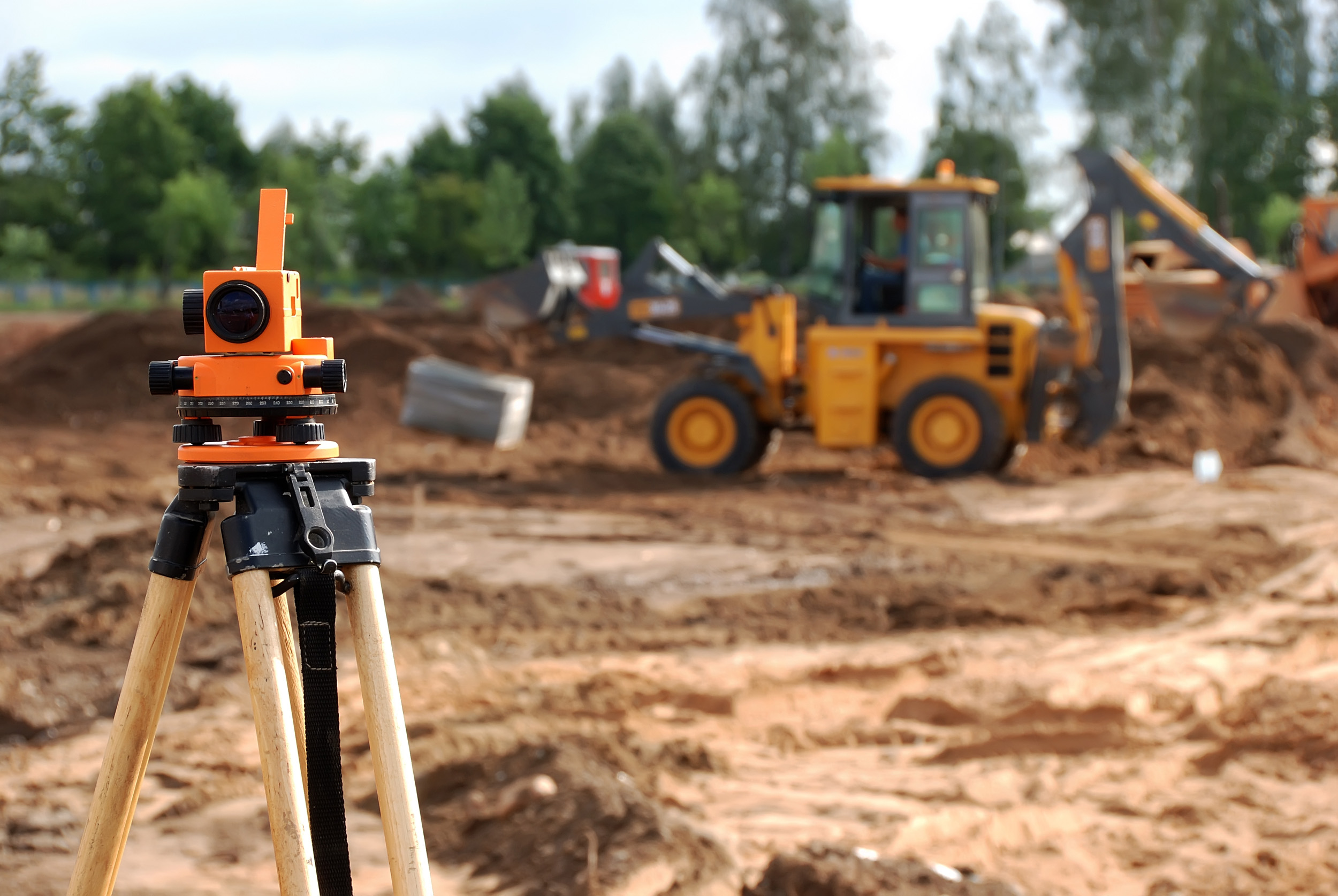services
Intrusive Studies
Through our technical knowledge and thorough understanding MM-EC can procure the most appropriate techniques for your needs and budget.
Intrusive Investigations are defined as processes or activities which seek to allow the physical examination of the solid and drift deposits underlying the study site. MM-EC via our technical knowledge and thorough understanding of the UK Site Investigation industry can procure the most appropriate techniques and plant on a site by site basis to overcome site constraints, minimise risks and provide a ‘one stop shop’ for ground investigation. Intrusive techniques offered include but are not limited to the following:
- Phase II (Geotechnical &-Environmental) Site Investigations
- Soakaways & Soil Permeability Assessment (Foul & Surface Waters)
- Mine Workings & Mine Entry Investigations
- Lightweight Dynamic Penetrometer Testing
- Water Supply Pipe Specification & Assessment
- Invasive Plant Treatment / Eradication
Non - Intrusive Studies
Our dedicated team of environmental specialists provide a diverse range of services to clients involved in the management and development of land.
Non-Intrusive Studies, often termed Desk Studies, are typically required by the regulatory bodies in the support of development driven planning applications. The non-intrusive studies are formulated from a review of already published and available documentary information including historical mapping, aerial photographs, local authority and agency records, bedrock and drift information held by the British Geological Survey along with other site relevant information available from any number of additional sources. The Desk Study forms the initial site assessment and is used to formulate an initial Conceptual Site Model (CSM), identifying potential environmental and geotechnical site constraints and is used to further refine the scope of future intrusive investigations where these are deemed necessary. Non – Intrusive techniques offered include but are not limited to the following:
- Initial Site Appraisal
- Environmental (Due Diligence) Audit
- Phase I (Desk Study)
- Coal Mining Risk Assessment
- Slope Stability Assessment
- Phase I Invasive Plant Survey
- Level 1 Flood Risk Assessment
Risk Assessment
MM-EC can provide a wide scope of services designed to assist in minimising the risk on a project and help make the most of project assets.
Following the collection of data from the intrusive phases of investigation the collected data is assessed is assessed in accordance with the UK regulatory regime. For the majority of sites a quantitative risk assessment would be carried out whereby the concentrations of potential contaminants are screened against ‘assessment criteria’ deemed appropriate for determining risk to human health, flaura/fauna, the water environment and the built environment. Risk Assessment techniques offered include but are not limited to the following:
- Contaminated Land Risk Assessment
- Remediation Strategy, Design & Validation
- Gas Risk Assessment & Protective Measure Design
- Radon Gas Risk Assessment




